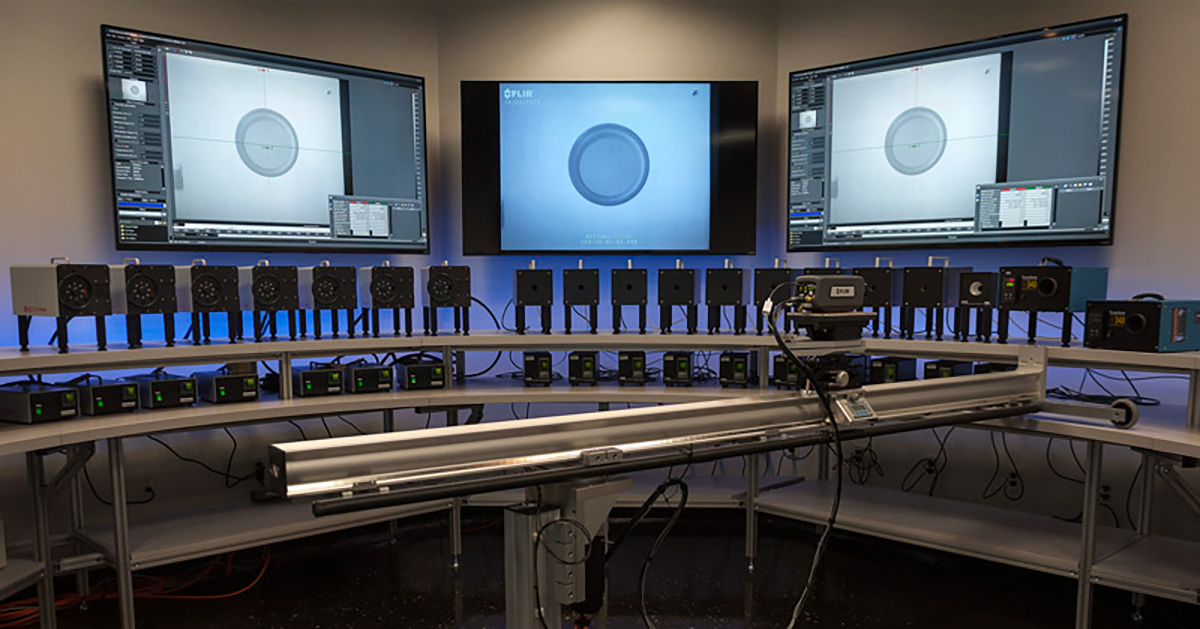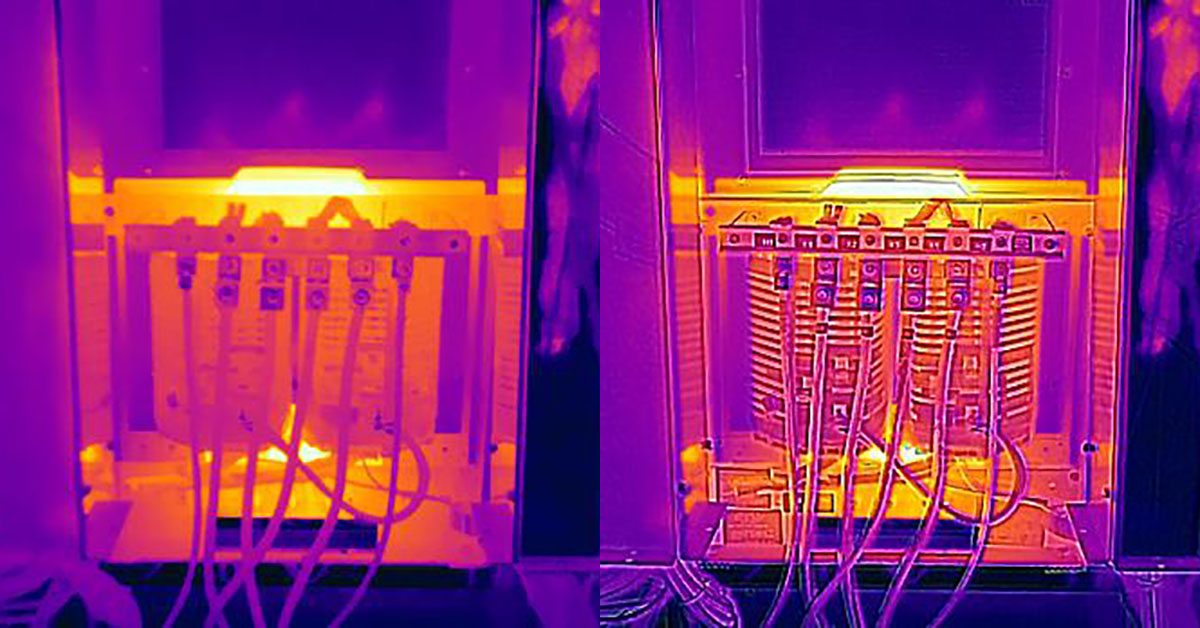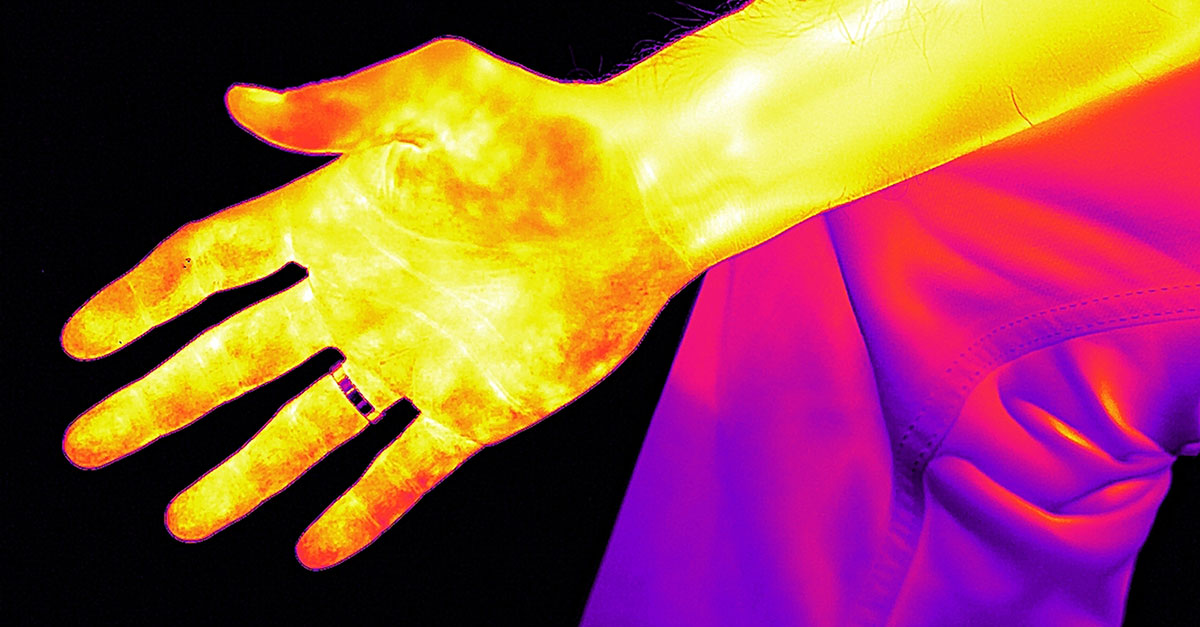Thermal Camera Calibration

In the realm of non-contact temperature measurement, thermal cameras stand out as remarkable tools, capable of revealing the invisible world of infrared. However, behind their ability to paint a thermal image lies a delicate process called calibration, a crucial step in ensuring the accuracy and reliability of temperature readings.
The Art of Non-Contact Temperature Measurement
Thermal cameras, like the ones produced by FLIR, operate by detecting the infrared energy emitted by objects. This unique capability enables them to measure temperature without physically touching the subject, a valuable asset in various industries, from inspecting electrical equipment to diagnosing building faults.

However, the path to accurate temperature measurement is not straightforward. The incoming infrared energy is not solely from the object being measured; it also includes reflections from the camera's internal components and its internal temperature fluctuations. To overcome these challenges, thermal cameras undergo a thorough calibration adjustment process.
FLIR's Precision Calibration Expertise
FLIR, a global leader in thermal imaging technology, takes calibration to the highest level. Our service labs employ specialized equipment and techniques to precisely adjust and validate the performance of thermal cameras.
The calibration adjustment process begins with image uniformity, ensuring that all pixels across the camera's imager respond consistently to infrared energy. Next, the incoming energy is correlated with known temperature points in a controlled environment. This data is used to create a measurement model tailored to each camera's unique lens, filter, and temperature range.

Finally, the adjusted thermal camera is subjected to a rigorous testing regimen, comparing its readings to calibrated standards, known as blackbodies. This process is called calibration and verifies that the camera meets the specified accuracy and performance requirements.
The calibration adjustment in accompanied by a calibration certificate can only be provided by FLIR and are part of FLIR Care and FLIR Protect service plans.
Calibration Certificate: A Key to Ensuring Accuracy
A calibration certificate serves as an official document that attests to the accuracy and reliability of a thermal camera. It provides detailed information about the calibration process, including the measurement correction for each temperature level and uncertainties associated with the readings.
While technical specifications from manufacturers offer guidance on expected accuracy, only a detailed calibration certificate can provide concrete proof of a camera's performance. Additionally, calibration certificates help users account for any drift in the camera's performance over time.
Beyond Self-Testing: The Importance of Periodic Calibration
While self-testing can provide a rough indication of a thermal camera's performance, it cannot replace regular calibration by a certified laboratory. Self-tests typically involve measuring reference targets, such as ice and boiling water. However, the relationship between temperature and infrared energy is nonlinear, meaning that accurate calibration requires a wider range of temperature points.
To maintain the integrity of thermal data, periodic calibration is essential. FLIR recommends annual calibration for most applications. This ensures that the camera remains accurate and reliable, providing decision-makers with the confidence to rely on its readings.
In Conclusion: Calibration, the Cornerstone of Accurate Thermal Imaging
Thermal camera calibration is not merely a technical requirement; it is an integral part of the thermal imaging process. By ensuring the accuracy and reliability of thermal measurements, calibration empowers professionals in various fields to make informed decisions and take preventive actions based on precise temperature data.


